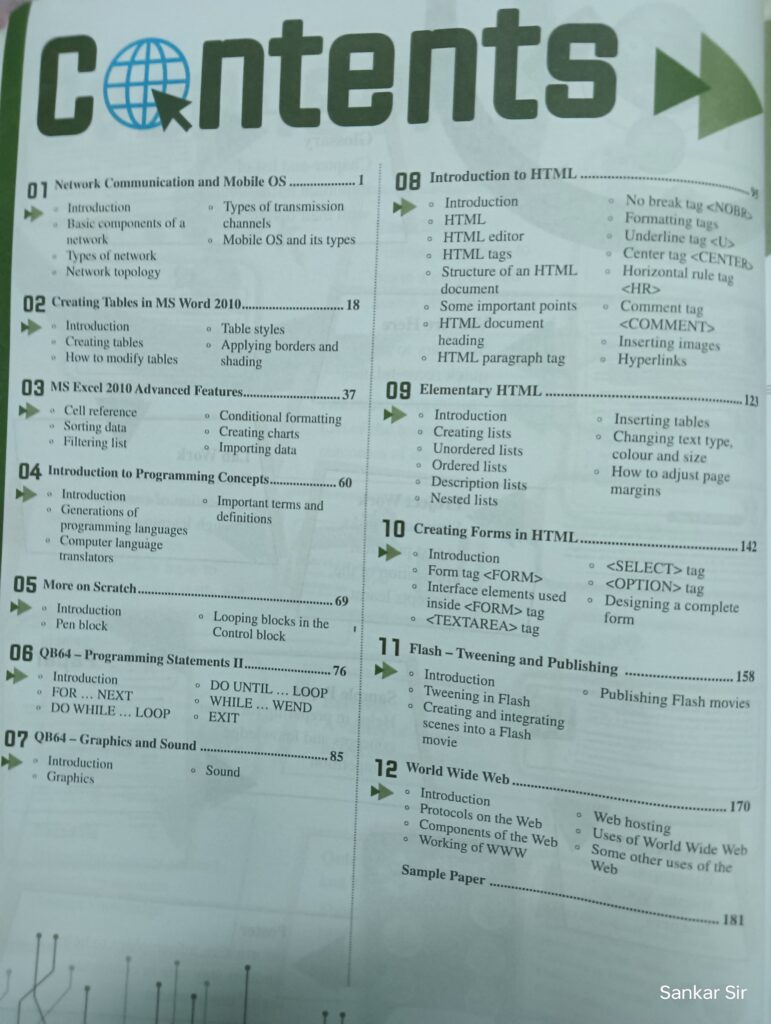The West Bengal Board of Secondary Education came into being way back in 1951 as West Bengal state government administered autonomous examining authority for the Standard 10 examination. A secondary school or high school is an institution that provides secondary education. Some secondary schools provide both lower secondary education (ages 11 to 14) and upper secondary education (ages 14 to 18), i.e., both levels 2 and 3 of the ISCED scale, but these can also be provided in separate schools. There may be other variations in the provision: for example, children in Australia, Hong Kong, and Spain change from the primary to secondary systems a year later at the age of 12, with the ISCED’s first year of lower secondary being the last year of primary provision.
In the United States, most local secondary education systems have separate middle schools and high schools. In the United Kingdom, most state schools and privately funded schools accommodate pupils between the ages of 11 and 16 or between 11 and 18; some UK private schools, i.e. public schools, admit pupils between the ages of 13 and 18.
Secondary schools follow on from primary schools and prepare for vocational or tertiary education. In high and middle income countries, attendance is usually compulsory for students at least until age 16. The organisations, buildings, and terminology are more or less unique in each country.
Levels of education
In the ISCED 2014 education scale, levels 2 and 3 correspond to secondary education which are as follows:Lower secondary education First stage of secondary education building on primary education, typically with a more subject-oriented curriculum. Students are generally around 11–16 years old.Upper secondary education Second stage of secondary education and final stage of formal education for students typically aged 16–18, preparing for tertiary/adult education or providing skills relevant to employment, usually with an increased range of subject options and streams.
Our Vision & Mission
The School being of Christian foundation is a religious minority institution within the meaning of Article 30 of the Constitution of India. The School is under the administrative control of the School Committee, which in turn, is constituted by the Governing Body of Diocesan schools, Diocese of Kolkata (CNI) the present Founder Body of the School. The aim of the school as that of its founder is primarily to impart liberal education pervaded by the universal principles of spiritual and moral values and based on the life and teachings of Jesus Christ to produce intellectually sound, morally upright, socially concerned and spiritually oriented men to be of service to the Nation.






